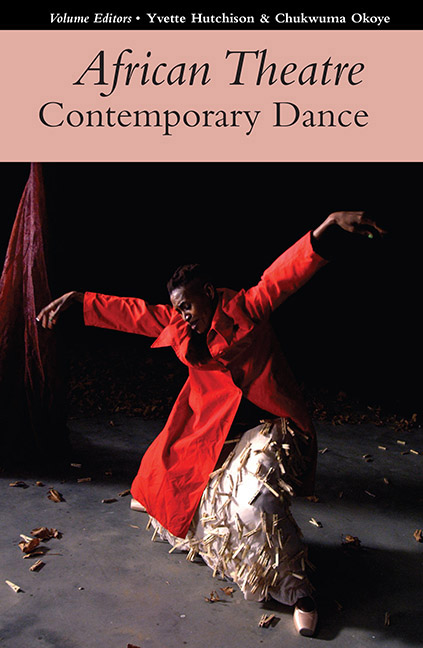Book contents
Playscript Lunatic!
from II - Open Section
Published online by Cambridge University Press: 26 July 2019
Summary
Synopsis
Khanda, a personal driver to the former president is transferred to a female prison disguised as a woman. His two prison inmates, Sdudla and Bhakhosi are unaware that Khanda is a man. The two women fear being killed for betraying state secrets and constantly lie to save their lives but when left alone in the cell they are vulnerable and confess who they are, hoping to be rescued. Khanda feels rejected by his cell inmates Sdudla and Bhakhosi and forms an alliance with Nyembezi, an emotionally unstable woman confined to the isolation wall. The two female guards Supervisor and Bhoza, who have the task of keeping all four prisoners in check, manipulate Khanda to satisfy their sexual needs. Hell breaks loose when Bhakhosi discovers that Khanda is a man, which leads to his death and Sdudla's torture and isolation.
Lunatic! gives insight into human behaviour which is extreme, and the conflict accompanying the demands of living in an unjust society. This is a raw, dark musical comedy drama depicting each character in different states of emotional distress, but could also represent different sides to one person with a dissociative identity disorder. The story's many layers are told through different mediums text, dance, song and symbols with multiple meanings and interpretations. It is suitable for a mature audience.
Language
In his original study, Degradation, Kevin W. Saunders (18 January 2011) traces the progression of degradation as it moves from sexual references to hate speech. In this play, obscenity is used in various ways as a metaphor for hate speech, for example when a man refers to a woman as a ‘bitch’ or ‘slut’; however, the same words may be acceptable if exchanged between two women who are friends, as in the case of Sdudla and Bhakhosi. Another example, when an African American man calls another ‘Nigga’ but the same word is an insult if a white person uses it to address a black person because of the history of slavery. It is therefore important to note that hate speech is being used in this play as a metaphor rather than as terms of insult or disrespect.
- Type
- Chapter
- Information
- African Theatre: Contemporary Dance , pp. 163 - 218Publisher: Boydell & BrewerPrint publication year: 2018

